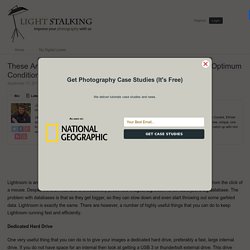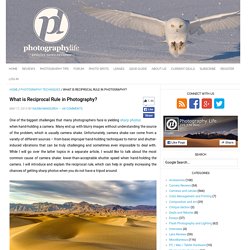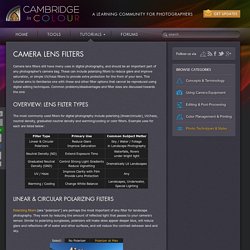

These Are the Keys to Keeping Your Lightroom Installation in Optimum Condition. The following two tabs change content below.

Jason Row is a British born travel photographer now living in Ukraine. His images have been licensed to companies such as Cunard, Ethiad and Virgin Atlantic as well as multiple newspapers and magazines. He is also the founder of Learn Photography Direct, the new, unique, one to one photographic tutoring service. He maintains a travel stock photography site at Jason Row Photography You can also catch up with him on Facebook at Facebook/TheOdessaFiles Lightroom is an amazing app. 8 Simple Ways to Improve Your Photography Skills Starting Today. “Practice makes perfect,” they say.

It’s such a clichéd statement — most people probably roll their eyes when they hear it. Me too. But guess what? It’s true. Anytime you learn something new, your brain is rewired. The Truth About “Getting it Right in Camera” The following two tabs change content below.

Jason Row is a British born travel photographer now living in Ukraine. His images have been licensed to companies such as Cunard, Ethiad and Virgin Atlantic as well as multiple newspapers and magazines. He is also the founder of Learn Photography Direct, the new, unique, one to one photographic tutoring service. Creating the Silver Sunset Look – ON1 Training. SUNFLOWERS. What is Reciprocal Rule in Photography? One of the biggest challenges that many photographers face is yielding sharp photos when hand-holding a camera.

Many end up with blurry images without understanding the source of the problem, which is usually camera shake. Unfortunately, camera shake can come from a variety of different sources – from basic improper hand-holding techniques to mirror and shutter-induced vibrations that can be truly challenging and sometimes even impossible to deal with. While I will go over the latter topics in a separate article, I would like to talk about the most common cause of camera shake: lower-than-acceptable shutter speed when hand-holding the camera. I will introduce and explain the reciprocal rule, which can help in greatly increasing the chances of getting sharp photos when you do not have a tripod around. Choosing a Camera Lens Filter. Camera lens filters still have many uses in digital photography, and should be an important part of any photographer's camera bag.

These can include polarizing filters to reduce glare and improve saturation, or simple UV/haze filters to provide extra protection for the front of your lens. This tutorial aims to familiarize one with these and other filter options that cannot be reproduced using digital editing techniques. Common problems/disadvantages and filter sizes are discussed towards the end. The most commonly used filters for digital photography include polarizing (linear/circular), UV/haze, neutral density, graduated neutral density and warming/cooling or color filters. Example uses for each are listed below: